Popular on Food52
Continue After Advertisement
16 Comments
Mayoworld
January 6, 2025
In the ever-evolving world of energy storage, Nyno Battery has emerged as a groundbreaking technology that promises to revolutionize the way we power our devices and systems. With the increasing demand for sustainable and efficient energy solutions, Nyno Battery offers a unique approach that integrates advanced battery chemistry with cutting-edge design to deliver superior performance. Whether it's for electric vehicles, renewable energy storage, or portable devices, Nyno Battery ensures high energy density, long-lasting power, and rapid recharge times, meeting the ever-growing demands of modern technology. By focusing on energy efficiency and sustainability, Nyno Battery stands at the forefront of energy storage innovation, providing solutions that contribute to a cleaner, greener future.
Mayoworld
January 6, 2025
As the world embraces sustainable living, Herbalife Spirulina stands out as an eco-friendly choice for better nutrition. Spirulina is a highly sustainable crop, requiring minimal water and land to cultivate, making it a green solution for addressing global nutritional needs. Herbalife ensures the highest standards of quality and sustainability in producing its spirulina, offering a supplement that’s as good for the planet as it is for your health. By choosing Herbalife Spirulina, you’re not only investing in your well-being but also supporting a more sustainable future. Its versatility makes it easy to incorporate into smoothies, meals, or snacks, providing a guilt-free way to enhance your diet.
Mayoworld
January 6, 2025
Mayo Slippers are more than just footwear; they are a daily indulgence for your feet. Designed with a focus on providing a luxurious experience, these slippers combine plush comfort with superior craftsmanship. The attention to detail in every pair ensures that they cater to the needs of people who value both quality and style. From their soft, cushioned insoles to their durable, flexible soles, every aspect of Mayo Slippers is thoughtfully crafted to offer maximum satisfaction. Whether you’re relaxing at home or stepping out for a quick errand, these slippers provide the perfect balance of relaxation and elegance, making them an essential addition to your wardrobe.
Mayoworld
January 6, 2025
Green marble texture seamless patterns are celebrated for their versatility and aesthetic appeal, making them a go-to choice for a wide range of applications. These textures bring the beauty of natural marble into both physical and digital spaces, offering unmatched flexibility for designers and architects. The seamless nature of the pattern ensures that the elegance of the marble is uninterrupted, providing a continuous and polished look. From virtual reality simulations and graphic designs to real-world projects like bathroom walls and kitchen countertops, green marble texture seamless patterns adapt effortlessly to any medium. With their ability to evoke luxury, harmony, and timelessness, these designs are an invaluable tool for creating stunning, nature-inspired environments.
Mayoworld
January 6, 2025
Devata Associates is a premier real estate and consultancy firm committed to delivering value-driven solutions. Their range of services spans property management, market analysis, and investment planning, tailored to meet the unique requirements of their diverse clientele. With a track record of successful projects and a reputation for reliability, Devata Associates has become a go-to partner for individuals and businesses seeking expert real estate advice. Whether you're navigating the complexities of buying, selling, or leasing property, Devata Associates combines knowledge, experience, and dedication to ensure your goals are met with precision and care.
Brigit T.
November 23, 2016
I loved reading this. Definitely need to see this book. BTW I think you mean pilaf-like.
Lee M.
January 27, 2016
thank you for listing the recipes on mouth watering dishes,
http://atozfoodrecipes.com
http://atozfoodrecipes.com
Linda E.
January 13, 2016
My favourite Madhur Jaffrey recipe comes from an early book, "MadhurJaffrey's Indian Cookery." I first cooked Prawns with Courgettes in 1986, and it's still a regular. When I need a curry to be cooked while the rice is boiling, here it is. Lots of fresh green coriander and green chillis, fresh veg, fresh prawns. It's wonderful, and everyone who's tried it likes it.
Urvashi
November 1, 2015
What a brilliant summary. I love how you've noted some of the more unusual ingredients we use in our cooking like the Pawa or flattened rice.
happykitchen.rocks
October 28, 2015
I like the food photography here. Composition is not dish-on-a -plate centered which makes pictures unusual, fresh and appealing.
rachiti
October 28, 2015
Thank you for another great article introducing even more Indian recipes. I've been wanting to make coconut chutney but the recipe I liked would have taken quite a bit to gather ingredients for just a simple chutney for a single meal. This quick version looks wonderful.
Anisha B.
October 28, 2015
Love the way you've broken down the book for readers who don't know much about Indian cooking. My grandparents come from South India and I grew up In Bombay, exposed to a whole range of cuisines. We are meat-eaters, but I love me some poriyal and curd rice!
There's just one correction - it's Marwari community.
P.S. : I love your articles!
There's just one correction - it's Marwari community.
P.S. : I love your articles!
Riddley G.
October 27, 2015
I cannot wait to try the turnip bharta! (and the quinoa...and the stir-fried pumpkin...and...)
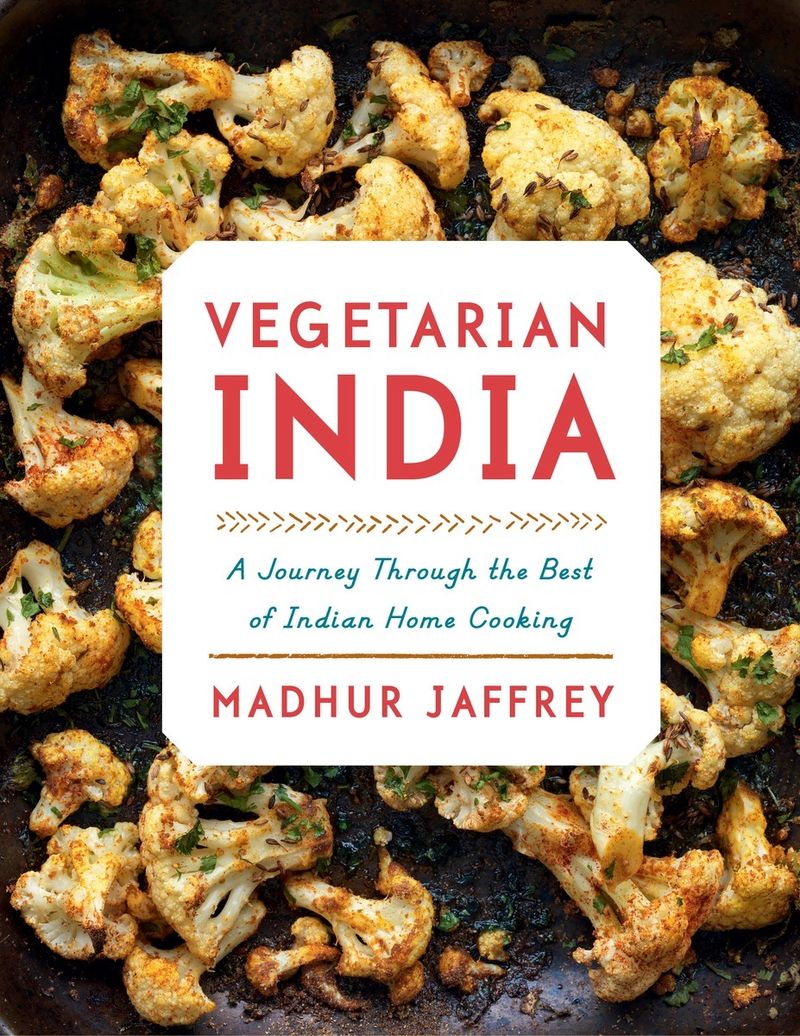
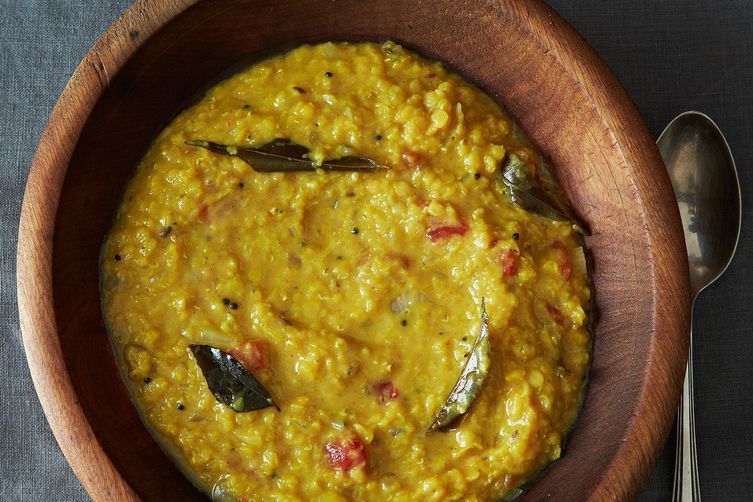
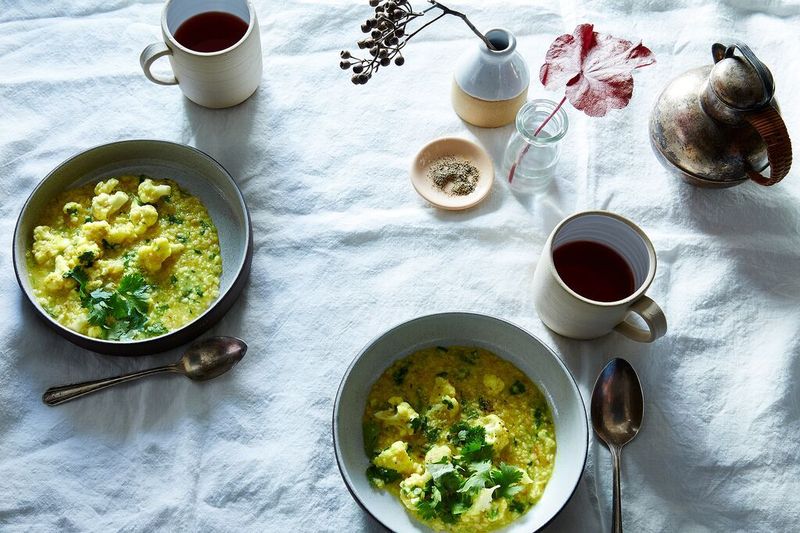
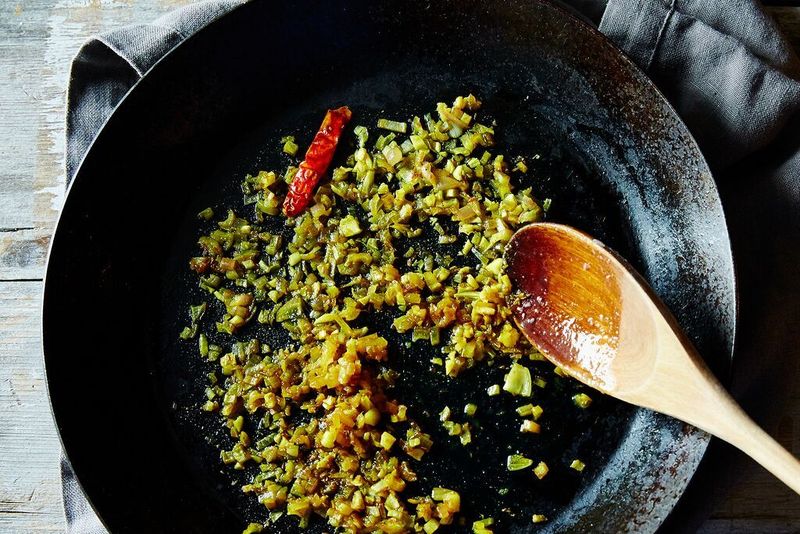
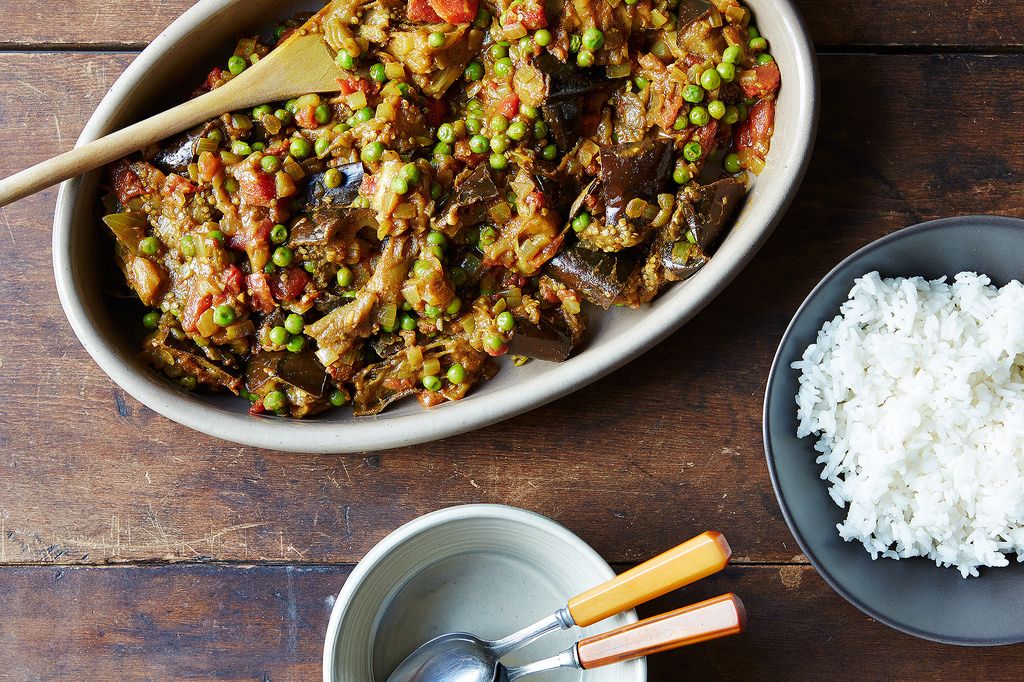
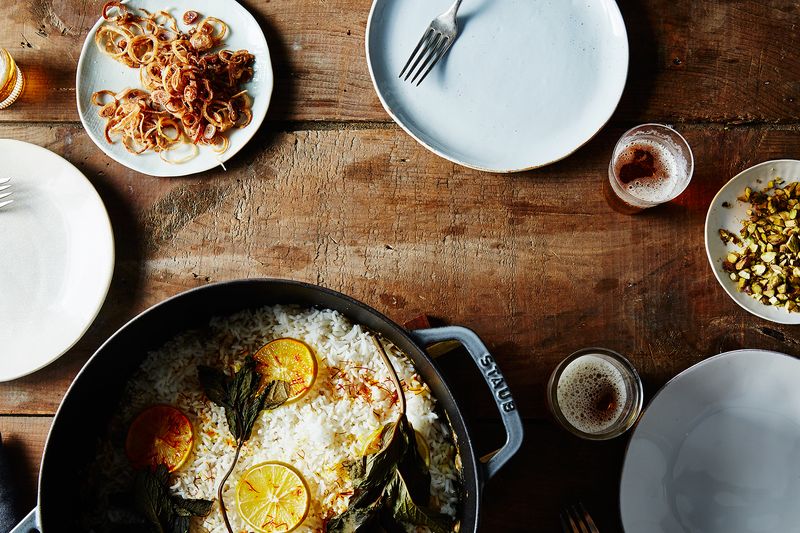
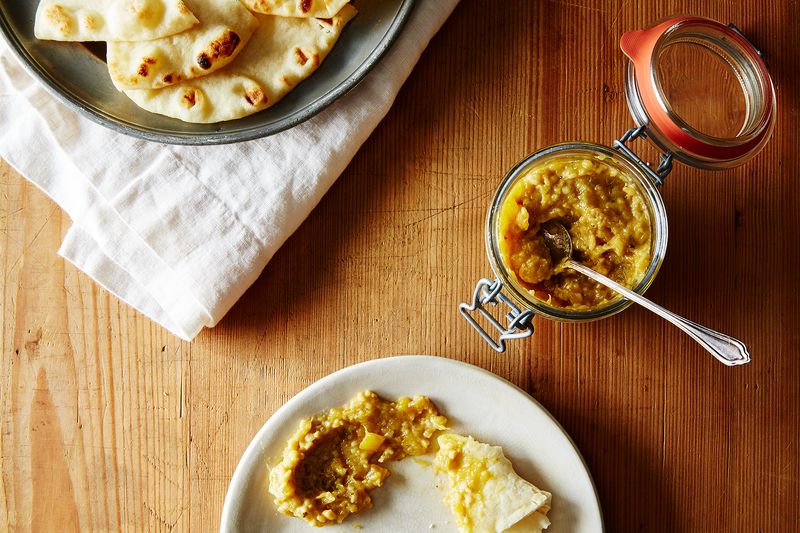
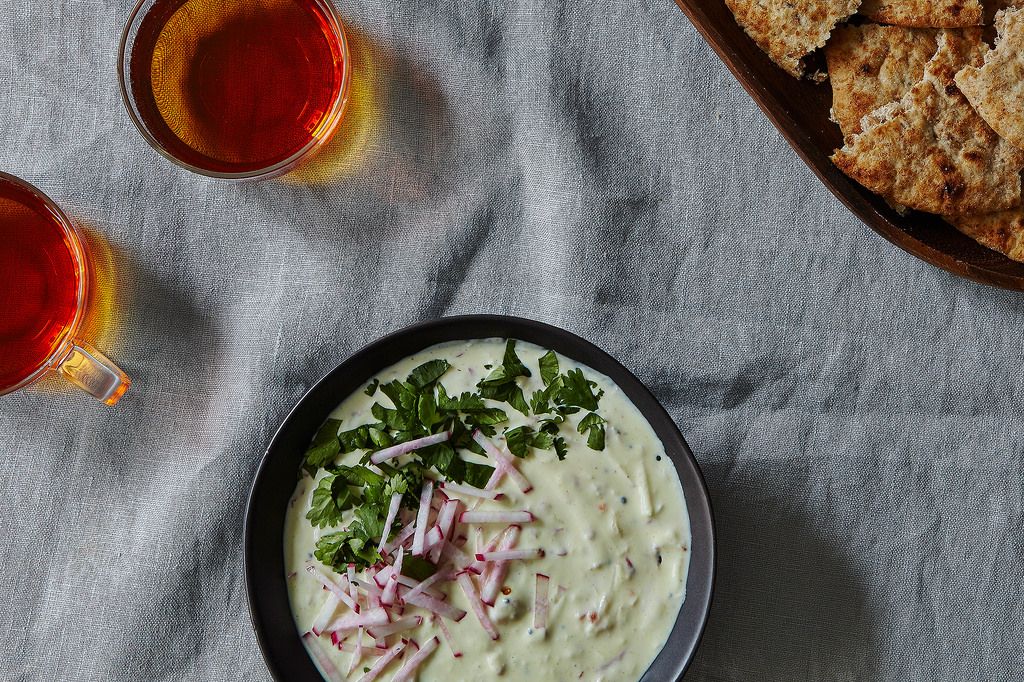
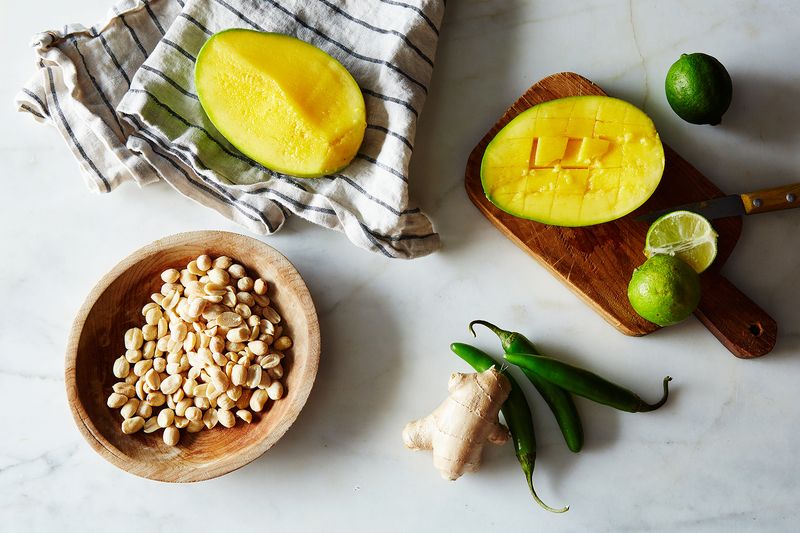

See what other Food52 readers are saying.